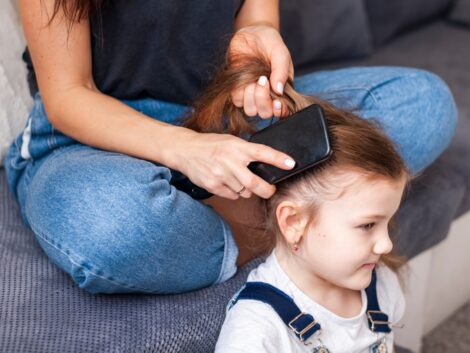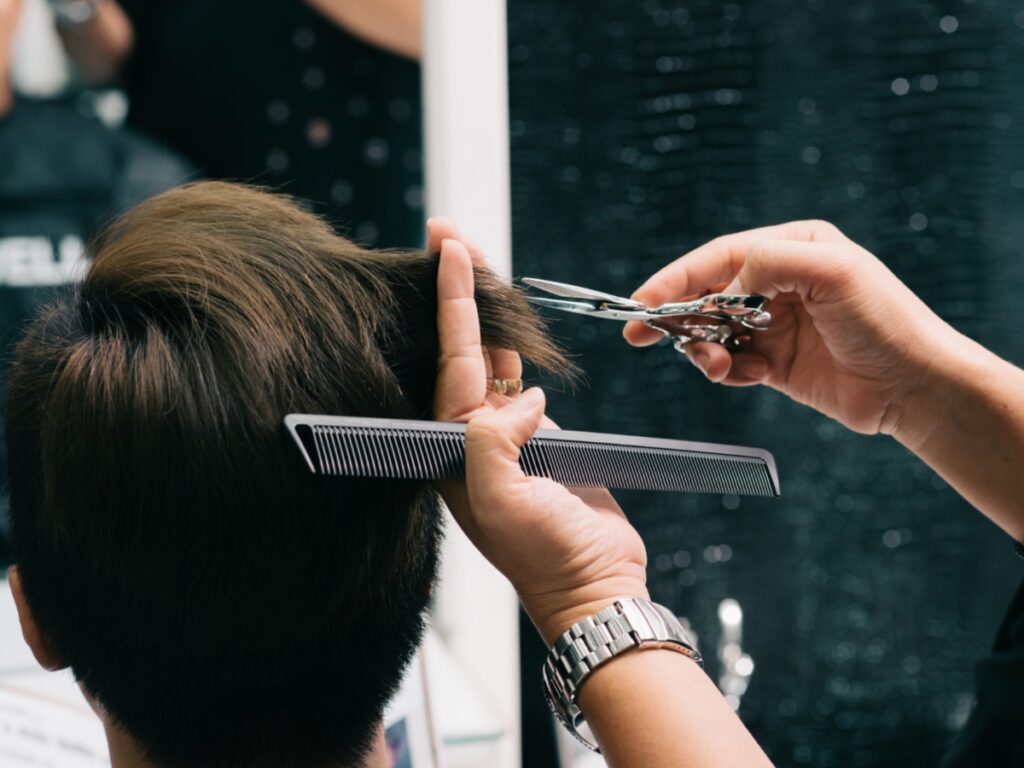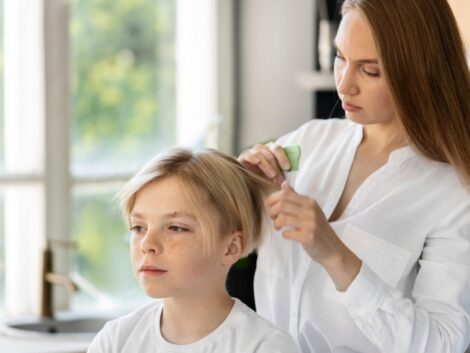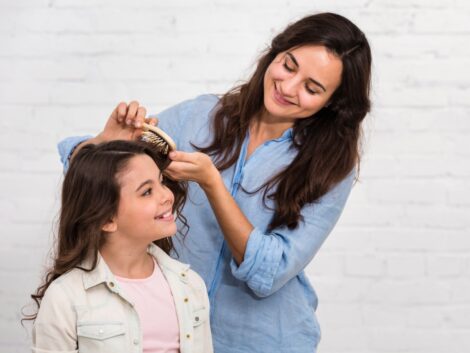School regulations can influence kids’ haircut styles by setting standards for grooming and appearance. These rules are typically designed to create a sense of uniformity, minimize distractions, and promote a professional environment. While some regulations may restrict certain hairstyles, they aim to create a focused and inclusive atmosphere within educational institutions. Students must adhere to these guidelines as part of the school culture.
https://youtu.be/H5wrBGfZd8I?si=TraENyIX542N07tR
What Are the Common Haircut Guidelines in Schools and Educational Institutions?
Schools and educational institutions often have guidelines regarding haircuts to maintain a neat and uniform appearance. Common rules are as follows:
- Avoiding extreme styles is suggested.
- Keeping hair short is preferred.
- Well-groomed hair is mandatory.
- Refraining from vibrant colors is also required in most schools.
These guidelines can vary depending on the country, region, and school. So, checking the school’s handbook for detailed guidelines is advisable.

Parents can navigate school regulations while honoring their child’s preferences by:
- Reviewing School Policies: Understanding the specific haircut guidelines outlined by the school to ensure compliance.
- Communication: Discuss the school’s regulations with the child and explain the importance of adhering to them. Help them understand the need to balance personal expression and following rules.
- Compromise: Seek a compromise that aligns with both the child’s haircut preferences and the school’s regulations. This might involve choosing a style that meets the guidelines while allowing for some individuality.
- Alternative Styles: Explore alternative styles that still allow for self-expression but fall within the school’s guidelines. This can involve variations in length, parting, or subtle styling.
- Hair Accessories: Consider using hair accessories or styling products that add a touch of personal flair without violating the school’s rules.
- Open Dialogue with the School: If there’s room for flexibility, communicate openly with the school authorities to discuss potential accommodations or adjustments.
By fostering open communication and finding a middle ground, parents can support their child’s self-expression while respecting the rules set by the educational institution.
Are There Specific Haircut Styles That Are Universally Accepted in School Settings?
While specific haircut styles accepted in school settings can vary, some universally accepted styles often include:
- Neat and Tidy Haircuts: Styles that are well-groomed, tidy, and clean are generally accepted.
- Short and Medium Lengths: Many schools prefer shorter or medium-length hair, which is often perceived as more professional and easier to maintain.
- Classic Styles: Traditional and classic haircut styles, such as crew cuts, fades, and superficial layers, are commonly accepted.
- Natural Hair: Schools increasingly recognize and accept natural hairstyles that celebrate a student’s cultural identity.
- Conservative Colours: If hair coloring is allowed, conservative and natural colors are typically accepted, while bright or unnatural hues may be restricted.
Parents and students need to review the specific guidelines provided by their school, as these can vary widely. Some schools may have more lenient policies, while others may enforce stricter rules to maintain a uniform and professional appearance.
How Can Parents Address Conflicts Between School Regulations and Cultural or Religious Haircut Practices?
Parents facing conflicts between school regulations and cultural or religious haircut practices can consider the following steps:
- Research and Documentation: Gather information on the cultural or religious significance of the desired haircut. Having documented evidence can strengthen the case for accommodation.
- Engage in Dialogue: Schedule a meeting with school authorities to discuss the cultural or religious aspects of the desired haircut. Share insights into the significance and importance of the chosen style.
- Seek Compromise: Explore potential compromises that align with cultural or religious practices and the school’s regulations. This may involve finding a modified hairstyle that respects both perspectives.
- Educate School Staff: Offer educational materials or resources to help school staff understand the cultural or religious reasons behind the desired haircut. This can foster better understanding and cooperation.
- Request Accommodations: Schools may sometimes be willing to make reasonable accommodations to respect cultural or religious practices. Request specific accommodations that allow the child to express their identity while still adhering to the school’s overall guidelines.
- Involve Mediation: If conflicts persist, consider involving a mediator, such as a school counselor or a neutral third party, to facilitate communication and find a resolution that satisfies both parties.
By approaching the situation with openness, respect, and a willingness to find common ground, parents can work with schools to address conflicts and ensure that their child’s cultural or religious haircut practices are understood and accommodated where possible.

What Conversations Can Parents Have With School Authorities Regarding Unique or Unconventional Haircut Styles for Their Children?
When discussing unique or unconventional haircut styles with school authorities, parents can initiate conversations focusing on the following:
- Understanding School Policies: Clarify specific school policies related to haircuts and grooming to ensure a clear understanding of the guidelines.
- Expressing Individuality: Share the importance of allowing children to express their individuality through personal style and appearance.
- Educating on Uniqueness: Provide context on the uniqueness or cultural significance of the chosen haircut style, helping school authorities understand its personal or cultural importance.
- Highlighting Respectful Intentions: Emphasise that the unconventional haircut is not intended to disrupt the learning environment but is a form of self-expression that respects school values.
- Suggesting Compromises: Propose compromises that maintain individuality while adhering to school guidelines. This could involve modifications to the hairstyle or the use of accessories.
- Addressing Potential Concerns: Anticipate and address school authorities’ concerns about the chosen style, reassuring them that it won’t negatively impact the child’s education or the school community.
- Seeking Solutions Together: Approach the conversation as a collaborative effort, working with school authorities to find solutions that balance the child’s desire for individuality with the school’s need for a uniform and respectful environment.
By fostering open communication and demonstrating a willingness to collaborate, parents can build understanding and work towards finding common ground that respects the child’s desire for self-expression and the school’s regulations.
Lastly, check out the mane caper shop.



